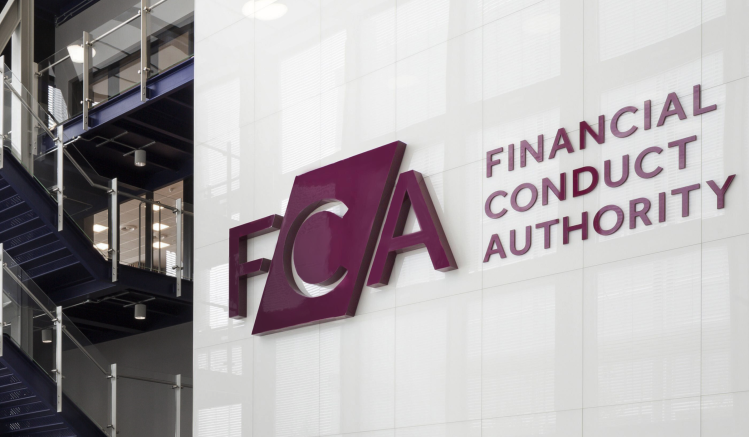When the COVID pandemic hit, much of the financial services industry was left reeling. Employees were initially required to work from home, but it -quickly became clear that firms didn’t have the technology, nor the hardware to support an overnight shift to a full “WFH” model. Stories unfolded of employees using at-home landlines to conduct business while recording the conversation on their personal phones. Direct reports would have daily phone calls to ‘catch-up’ in an attempt to meet recordkeeping and regulatory obligations, and mitigate the failure of having a lack of necessary systems and controls in place.
Post-COVID, WFH became a moment of opportunity for firms that – looking to claw back pandemic-based losses – closed offices and cut back on costly real estate.
Through 2023, the dust settled. Workers found routine and rhythm. Organizations returned to a now-normalized ‘hybrid’ model. And compliance systems evolved to ensure that regulatory obligations – from recordkeeping to surveillance – can be met regardless of employee location.
76% of firms plan to increase office attendance
In October 2024, KPMG reported that 76% of financial services leaders across the U.K. were planning to increase office attendance over the preceding 12 months. Over a third (37%) of those that said they would increase attendance said they would be asking employees to come into the office for four days a week. Nearly half (45%) of survey respondents said that they would monitor attendance with office card swipe systems, and 29% said they would monitor using cameras.
Rumour becomes reality: JPMorgan Chase asks employees to return to the office full time
At the beginning of 2025, JPMorgan Chase asked employees on a hybrid work schedule to return to the office five days a week. The RTO policy will come into place in March 2025, giving employees around two months to prepare. According to a report from Reuters, hundreds of staff have complained following the announcement, while JPMorgan Chief Executive Officer (CEO) Jamie Dimon commented that:
“Being together greatly enhances mentoring, learning, brainstorming, and getting things done.”
In the same month, Lloyds Banking Group told its senior members of staff that it will be reviewing office attendance as part of performance-related bonus targets.
Corporate culture or “corporate hellscape?”
A common rationale for an RTO model tends to be reinforcing “culture”. Dimon, for example, cited “innovation” and “culture” as the reason for demanding five day in-office attendance from staff. At the time of writing, it was reported that over 300 members of staff had complained about the new policy.
Interestingly, at the end of November 2024, Starling Bank asked hybrid workers to increase the number of days they came into the office to “a minimum of 10 days each month”. This policy was introduced despite the fact that some office locations would not be able to accommodate the workforce’s RTO – a fact that Starling readily admitted.
Echoing the words of Dimon, staff were asked to return to the office as it was “important for creativity, collaboration, problem solving, performance, and engagement”. As a result, many employees complained, with one suggesting that the firm was looking to create a “bland grey corporate hellscape filled with dead-eyed zombies”. Many subsequently resigned.
While company culture may be the rationale for RTO, in some instances it appears to have had the opposite effect. With employee satisfaction and possible headcount under threat, could firms instead look to compliance tools to strike the right balance of ensuring good company culture while simultaneously mitigating many of the risks associated with hybrid working?
How can compliance tools boost company culture while mitigating risk?
Company culture isn’t solely derived from in-office attendance, and many instances of bad culture often occur because of in-office attendance. Working from home, or a hybrid model, can undoubtedly pose compliance challenges, introducing risks like unmonitored communication and overall lack of oversight headaches for the compliance team. However, compliance technology is fast evolving to manage and mitigate these challenges.
Data connectors to capture communication made on any channel
Capturing and preserving employee communications is essential, but made difficult when operating a WFH or hybrid model. Of course, COVID pushed many firms to address these challenges head-on, with most organizations now having solutions in place. However, as communication channels evolve, compliance teams face an uphill struggle to ensure that policies, procedures, and systems are in place for each communication stream.
Data connectors, such as Global Relay Connectors, enable firms to seamlessly capture communication data from any communication channel to meet recordkeeping obligations. Whether working from home or in-office, all employee communications are captured across all channels – including channels that are being newly adopted by business users, such as TikTok or ChatGPT.
Compliant communication apps to prevent off-channel comms
The risk of failing to meet recordkeeping rules is now well documented, with regulatory fines for off-channel comms reaching over $3 billion. In a bid to avoid punitive regulatory action, many firms have implemented complaint communication apps, which ensure all business-related messaging takes place on one, consolidated application and can be captured and surveiled accordingly.
Apps such as Global Relay App enable entire organizations to communicate both internally and across industry – on personal devices or work devices – confident that compliance, privacy, and security are front of mind.
Communication monitoring to weed out bad actors
AI-enabled solutions can alert surveillance teams when instances of bad conduct occur, or where potential non-compliance has taken place, providing context on the potential misconduct so it can be quickly assessed and escalated. Conversely, it may be used to spot instances of good practice or good conduct, allowing individuals to be recognized and rewarded as part of efforts to create positive company culture.
While organizations look to strike the right balance between time in-office and working from home, regulators are also adapting, with the Financial Industry Regulatory Authority (FINRA) modernizing its supervisory rules to include hybrid working arrangements. With available surveillance and monitoring tools, firms are able to keep an eye on employee communication from any location and device, mitigating concerns around lack of oversight and meeting existing regulatory requirements and those that are still developing.
Navigating shifts towards – or away – from WFH poses challenges for organizations, from managing employee expectations to ensuring that company culture can thrive. As more firms consider their RTO approach, by harnessing the right technology, they can rest assured compliance doesn’t have to be one more challenge.




